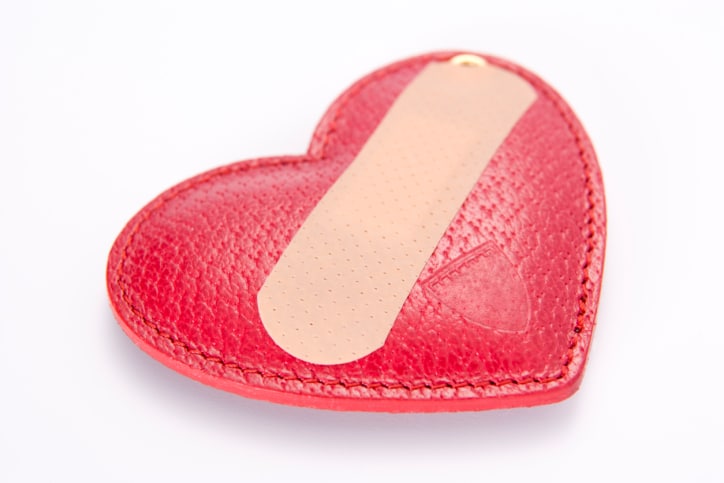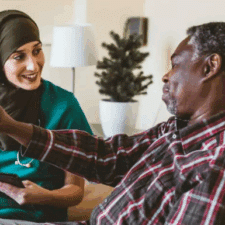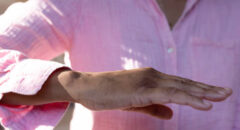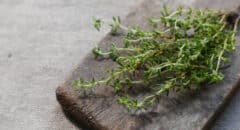 (BlackDoctor.org) — Almost everyone will need to use a first aid kit at some time. Which is why everyone should take the time to prepare a kit to have immediately available.
(BlackDoctor.org) — Almost everyone will need to use a first aid kit at some time. Which is why everyone should take the time to prepare a kit to have immediately available.
First aid kits may be basic or comprehensive, and what each person needs depends on medical conditions and history, prior medical training, and distance from professional medical help.
Ready-made first aid kits are commercially available from chain stores or outdoor retailers. But you can make a simple and inexpensive first aid kit yourself.
First Aid Kits: What Should Be In Yours?
Home first aid kits are usually used for treating these types of minor traumatic injuries. You can buy all items for your first aid kits at a well-stocked drug store. Ask the pharmacist for help in selecting items.
Items in your first aid kit should generally include treatments for:
• Burns
• Cuts
• Abrasions (scrapes)
• Stings
• Splinters
• Sprains
• Strains
• Fever
• Nasal congestion
• Cough
• Sore throat
• Mild pain
• Gastrointestinal problems
• Allergies
In addition to the above, most kits should also contain:
• Adhesive tape
• Anesthetic spray (Bactine) or lotion (Calamine, Campho-Phenique) — For itching rashes and insect bites
• 4″ x 4″ sterile gauze pads — For covering and cleaning wounds, as a soft eye patch
• 2″, 3″, and 4″ Ace bandages — For wrapping sprained or strained joints, for wrapping gauze on to wounds, for wrapping on splints.
• Adhesive bandages (all sizes)
• Oral antihistamines — diphenhydramine (Benadryl causes drowsiness) or loratadine (Claritin doesn’t cause drowsiness) — for allergic reactions, itching rashes. Avoid topical antihistamine creams because they may worsen the rash in some people.
• Exam gloves — For infection protection. They can also be made into ice packs if filled with water and frozen.
• Polysporin antibiotic cream — To apply to simple wounds
• Nonadhesive pads (Telfa) — For covering wounds and burns
• Pocket mask for CPR
• Resealable oven bag — As a container for contaminated articles, can become an ice pack.
• Safety pins (large and small) — For splinter removal and for securing triangular bandage sling.
• Scissors
• Triangular bandage — As a sling, towel, tourniquet
•Tweezers — For splinter or stinger or tick removal
How To Make Your First Aid Kit
Try to keep your first aid kit small and simple. Stock it with multi-use items. Almost anything that provides good visibility of contents can be used for a household first aid kit.
If your kit will be on the move, a water-resistant, drop-proof container is best. Inexpensive nylon bags, personal kits, fanny packs, or makeup cases serve very well. Remember that there’s no need to spend a lot of money on a fancy medical bag. Resealable sandwich or oven bags to group and compartmentalize items can work just as efficiently. Be sure to put wound supplies in one bag and medications in another.
How To Use Your First Aid Kit
Make sure you know how to properly use all of the items in your kit, especially the medications. Train others in your family to use the kit. You may be the one who needs first aid! Pack and use barrier items such as latex gloves to protect you from bodily fluids of others. Check the kit twice a year and replace expired drugs. Find out the phone number of your regional poison control center at the American Association of Poison Control Centers Web site and keep the number with your kit.
Where To Store Your First Aid Kit
The best place to keep your first aid kit is in the kitchen. Most family activities take place here. The bathroom may have too much humidity, which can shorten the shelf life of many medical items.
A first aid kit for everyday use in the car should be just like the home first aid kit. For that matter, you could keep similar kits in your boat (inside a waterproof bag), travel trailer, mobile home, camper, cabin, vacation home, and wherever you spend time.








